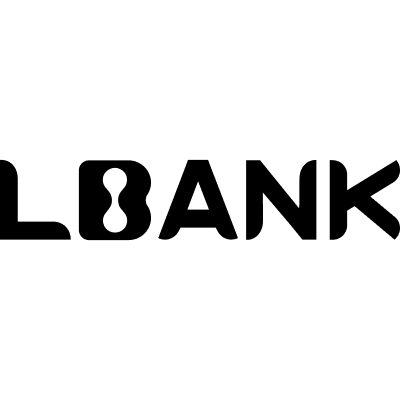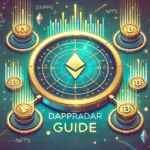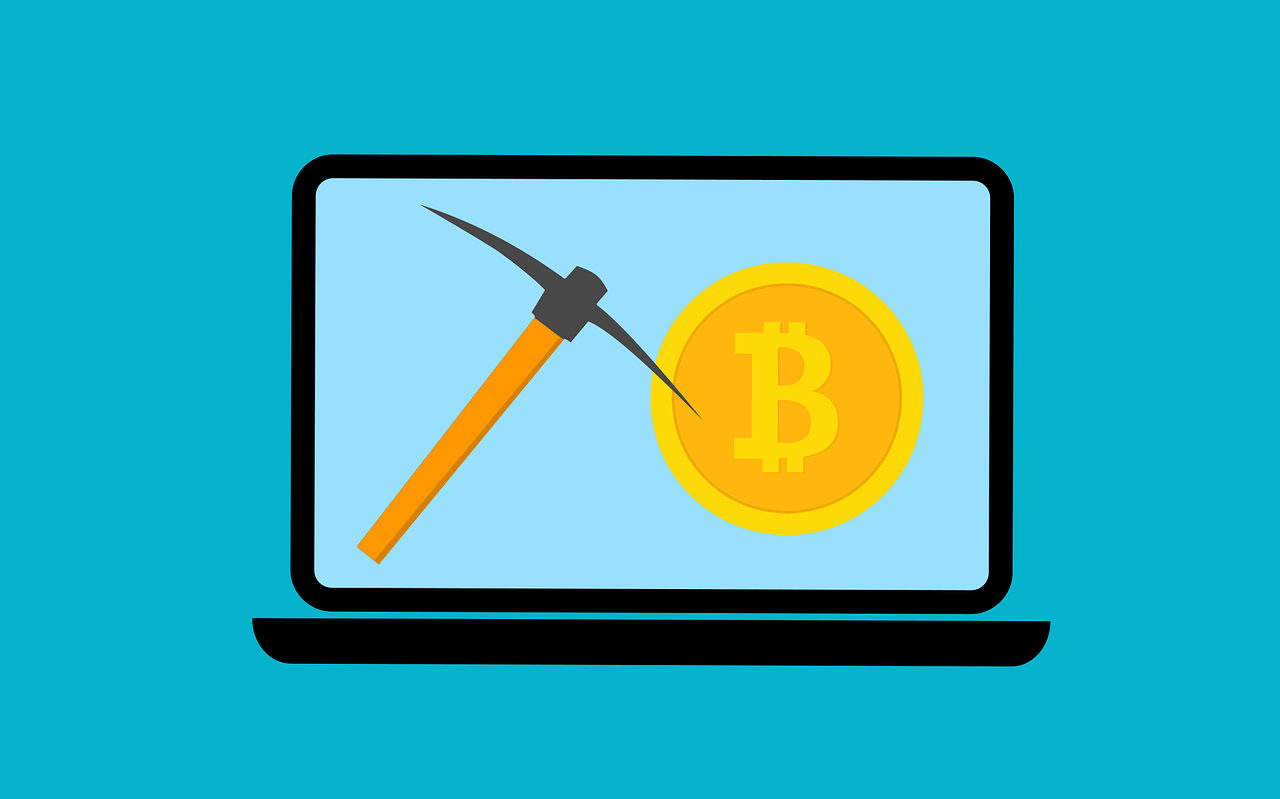– Ad –
| Getting your Trinity Audio player ready... |
Cryptocurrency investing in 2025 offers exciting opportunities but comes with significant risks. With thousands of projects vying for attention, knowing how to analyze a crypto project before investing is crucial to making informed decisions. This guide breaks down the essential steps to evaluate a project, helping you navigate the volatile crypto landscape with confidence. Whether you’re a beginner or a seasoned investor, these insights will empower you to invest smarter.
Why Analyzing Crypto Projects Matters
The crypto market is dynamic, with new projects emerging daily. While some offer groundbreaking solutions, others may lack substance or, worse, be scams. Thorough analysis helps you identify projects with strong fundamentals, reducing the risk of financial loss. In 2025, as blockchain technology evolves, understanding a project’s value proposition, team, and market fit is more important than ever.
Key Steps to Analyze a Crypto Project
1. Understand the Project’s Purpose and Use Case
Every crypto project should solve a real-world problem or offer a unique value proposition. Start by asking: What does this project do, and why does it matter? Review the project’s website and whitepaper to understand its goals. For example, does it aim to improve decentralized finance (DeFi), enhance supply chain transparency, or enable faster cross-border payments?
Look for projects with clear, practical use cases. A strong use case indicates demand for the project’s token or platform, which can drive long-term value. Be wary of projects with vague descriptions or overly ambitious claims without a clear roadmap.
2. Evaluate the Team and Advisors
The success of a crypto project heavily depends on the strength and credibility of its team. Research the founders, developers, and advisors to assess their credibility and expertise. Check their LinkedIn profiles, previous projects, and contributions to the crypto or tech space. A team with a proven track record in blockchain, software development, or relevant industries is a positive sign.
Transparency is key. Legitimate projects openly share team details, while anonymous teams raise red flags. Advisors with strong reputations in the crypto industry can also lend credibility, but ensure their involvement is active, not just a name on the website.
3. Review the Whitepaper and Roadmap
The whitepaper is the project’s blueprint, outlining its technology, tokenomics, and vision. A well-written whitepaper should be clear, detailed, and free of jargon-heavy fluff. Pay attention to:
- Technology: Does the project use innovative blockchain solutions? Is it scalable and secure?
- Tokenomics: How is the token supply distributed? Are there mechanisms like staking or burning to manage supply?
- Roadmap: Does the project have a realistic timeline with achievable milestones?
A confusing or overly complicated whitepaper might show the project lacks clear goals or could be trying to deceive investors. Compare the whitepaper to the project’s progress to ensure the team is delivering on promises.
4. Assess the Technology and Development
Dive into the project’s technical foundation. Is it built on a reliable blockchain like Ethereum, Solana, or a custom chain? Open-source projects with code available on platforms like GitHub are preferable, as they allow developers to audit the code for security and functionality.
Check the project’s development activity. Frequent updates and active repositories signal a committed team. Tools like GitHub can show how often code is pushed and whether the project is evolving. If the project claims to have a working product, test it yourself or read community feedback to gauge its performance.
5. Analyze Tokenomics and Market Potential
Tokenomics is the system that controls how a project’s token works and is managed. Key questions to ask include:
- How many tokens are there in total, and how are they divided up?
- Are tokens distributed fairly among developers, investors, and the community?
- Is there a vesting schedule to prevent early investors from dumping tokens?
A project with a high percentage of tokens held by insiders or no clear utility for the token is risky. Additionally, research the market potential. Is the project targeting a growing sector like DeFi, NFTs, or Web3 gaming? Analyze competitors to see if the project offers a unique advantage.
6. Check Community and Social Engagement
A strong, active community is a good indicator of a project’s legitimacy and potential. Join the project’s Discord, Telegram, or other social channels to observe discussions. Are community members engaged, and does the team respond to questions transparently?
Be cautious of projects with inflated follower counts or excessive hype without substance. Genuine projects foster organic growth and encourage open dialogue. Negative sentiment or unresolved complaints in the community can be warning signs.
7. Investigate Partnerships and Backers
Reputable partnerships and investors add credibility to a project. Check if the project has collaborated with established companies or blockchains. For example, a DeFi project partnering with a major protocol like Chainlink is a positive signal.
Research the project’s funding. Venture capital backing from firms with a history of successful crypto investments can indicate confidence in the project’s potential. However, ensure partnerships are verified and not exaggerated for marketing purposes.
8. Stay Updated on Regulatory and Market Trends
In 2025, regulatory clarity around cryptocurrencies is improving, but compliance remains critical. Investigate whether the project adheres to regulations in its operating regions. Not following regulations can cause legal problems, which may lower the token’s value.
Monitor market trends to gauge the project’s relevance. For instance, projects focusing on AI integration with blockchain or sustainable crypto mining may align with 2025’s trends. Staying informed helps you spot projects with long-term growth potential.
Also Read: Top 10 dApps to Watch in 2025: Discover Trending Projects with DappRadar
Red Flags to Watch Out For
- Anonymous Teams: Lack of identifiable team members is a major risk.
- Unrealistic Promises: Claims of guaranteed returns or “moon” potential are scams.
- Poor Communication: Inactive social channels or unresponsive teams are concerning.
- Copy-Pasted Whitepapers: Plagiarized content indicates a lack of originality.
Tools to Aid Your Analysis
- CoinGecko/CoinMarketCap: Track token performance and market data.
- Etherscan/BscScan: Verify smart contracts and token transactions.
- GitHub: Review code and development activity.
- DappRadar: Analyze decentralized applications’ performance.
Conclusion
Analyzing a crypto project before investing in 2025 requires diligence and a structured approach. By evaluating the team, technology, tokenomics, and market fit, you can make informed decisions and minimize risks. Stay cautious, use reliable tools, and keep learning about the evolving crypto landscape. With the right strategy, you can uncover projects with strong potential and build a resilient investment portfolio.
FAQs
What is the most important factor when analyzing a crypto project?
The team’s credibility and the project’s use case are critical. A strong team with a clear, practical purpose increases the likelihood of success.
How can I spot a crypto scam in 2025?
Look for red flags like anonymous teams, unrealistic promises, or plagiarized whitepapers. Always verify partnerships and check community sentiment.
Should I invest in a crypto project without a working product?
It depends on the project’s potential and team. Early-stage projects can offer high rewards but carry higher risks. Thorough research is essential.
How do I stay updated on crypto trends in 2025?
Follow reputable crypto news sources, join communities on platforms like Discord, and monitor market data on CoinGecko or CoinMarketCap.

















